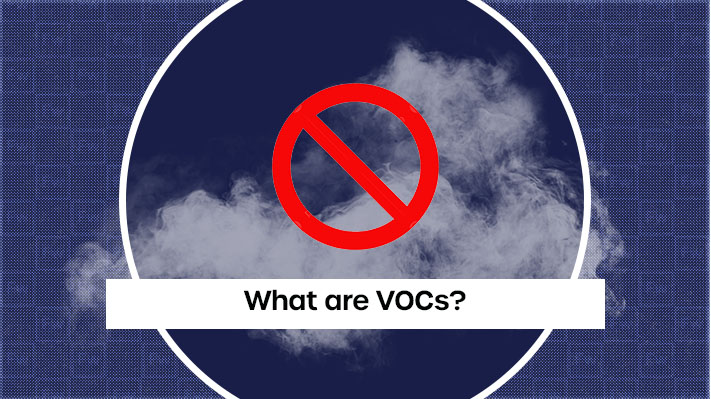Search for topics or resources
Enter your search below and hit enter or click the search icon.


VOCs (Volatile Organic Compounds) are defined as “any organic compound whose boiling point is in the range from 50°C – 100°C to 240°C – 260°C, corresponding to having saturation vapour pressures at 25°C greater than 100kPa” (World Health Organisation, as cited in ISO 16000-6).
VOCs are found in a huge range of products from paints and finishes to deodorant. They are a cause for concern for the Environmental Protection Agency (EPA) and air quality boards across the USA and Europe. VOCs have been found to be a major contributing factor to the production of ozone, a common air pollutant proven to be a public health hazard. Does the product you are currently using measure up?
Many manufacturers are being forced to reduce their VOC levels year on year due to changes in legislation. Therefore, as part of our commitment to continuous development, and prompted by a specific customer request, we sent our FORMOA 010 product for testing to determine the VOC level. The product was tested to the SCAQMD (rule 1168).
Products tested must have a VOC level of less than 70g/l in order to comply. In both tests FORMOA 010 fell well within the VOC parameters set out in this regulation. The gravimetric test result for FORMOA 010 was 18g/l and the GC/MS (more comprehensive) test result was 2.7g/l.
Clearly FORMOA 010 meets and exceeds the requirements of SCAQMD and also complies with LEED regulations – an internationally recognised third-party verification for green buildings.
Interested in learning more? Head over to our YouTube Channel for a range of videos on all things adhesives and bonding.